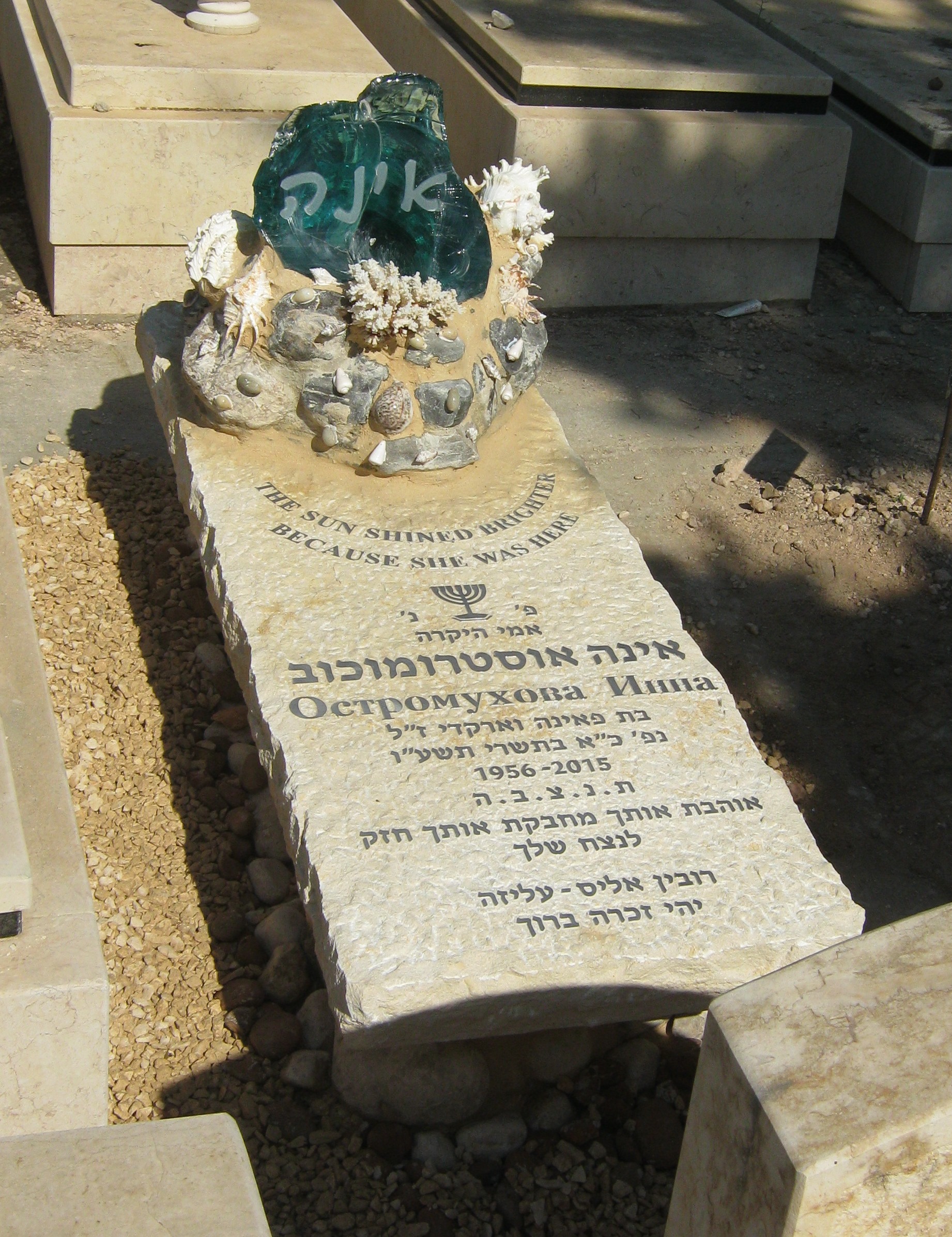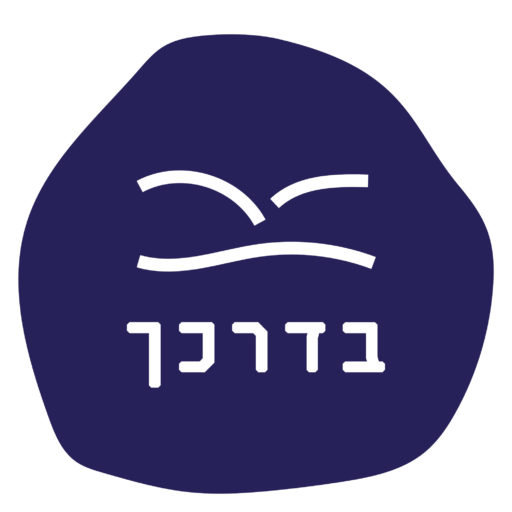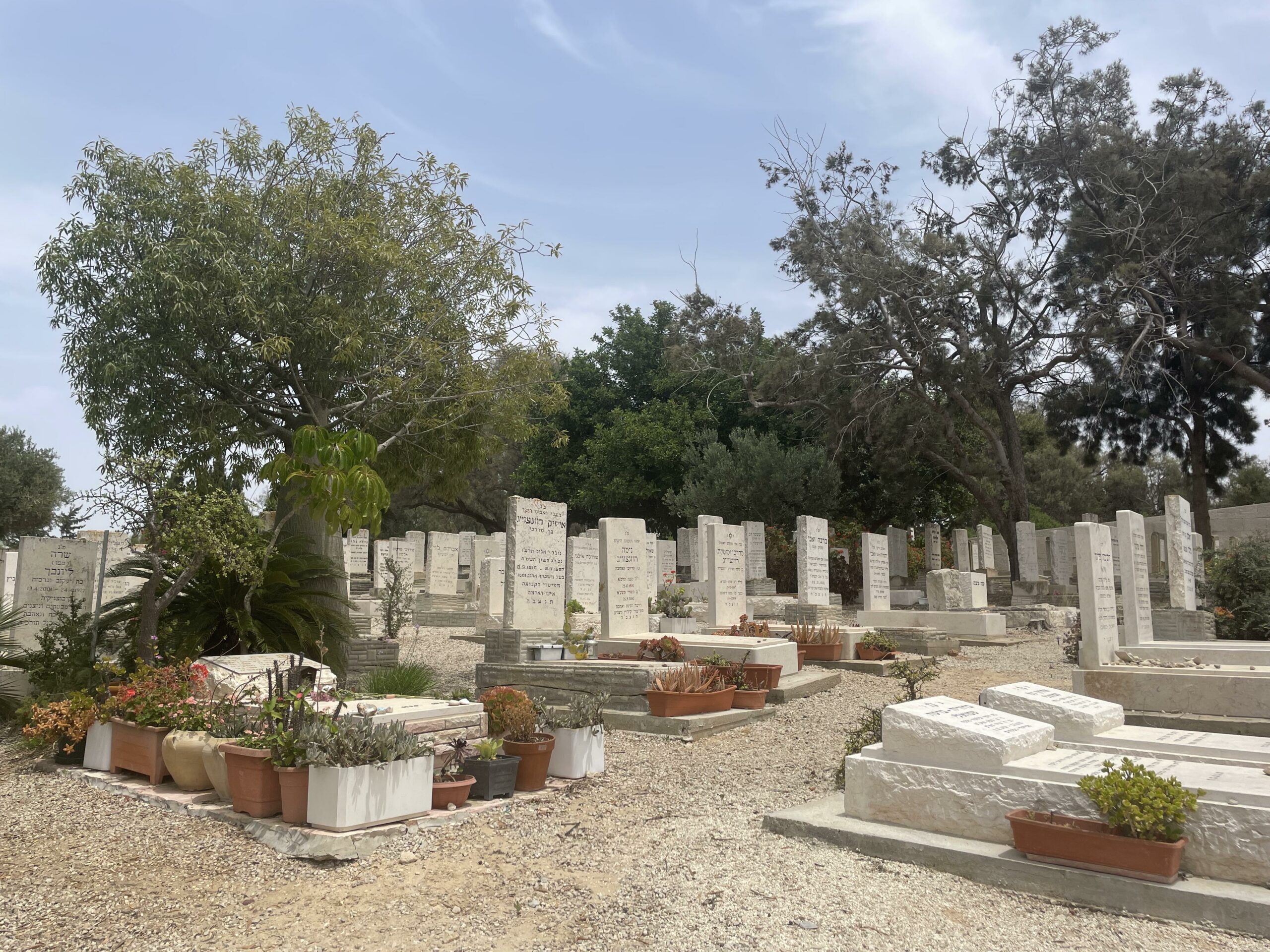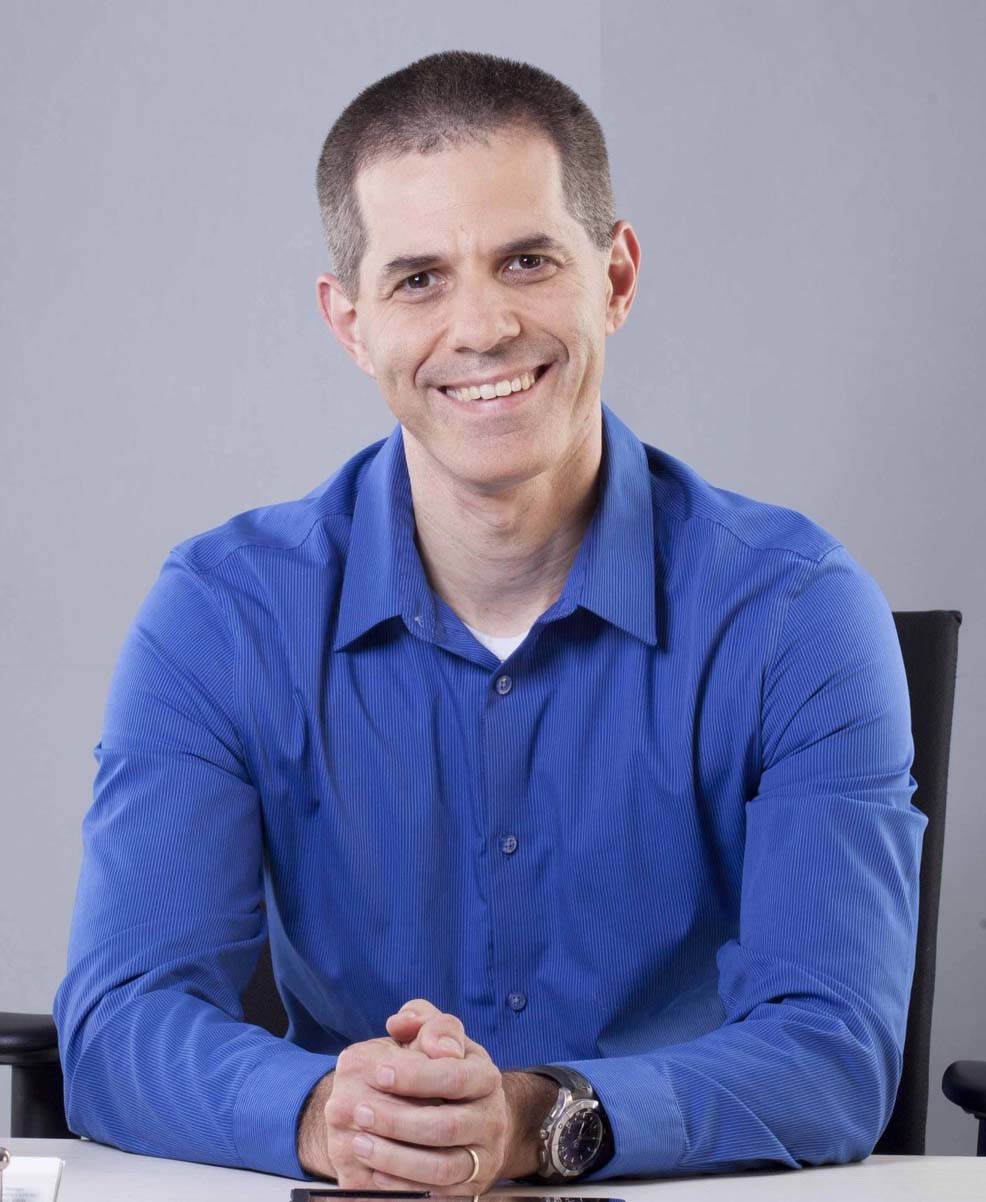Considerations when looking for a burial plot in Israel
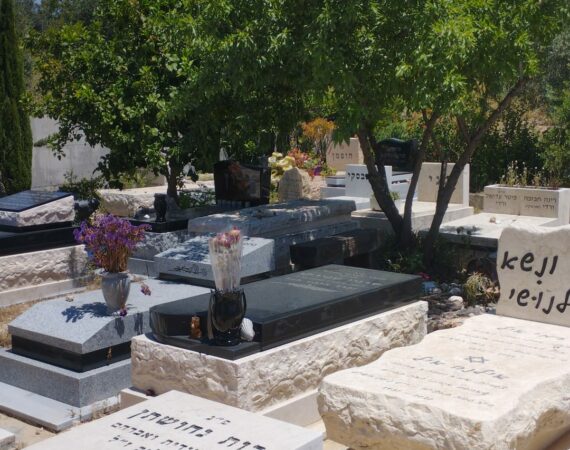
There are over 600 ” Chevra Kadisha” association in Israel, most of them are suited to serve local Israeli needs, but lack the capabilities and capacity to assist those from abroad.
We find it important to have an overarching perspective on burial options, allowing us to match the needs and preferences of our customers to the countrywide supply.
The first part in our process is understanding preferences and limitations:
- Geographical – North part of Israel (Haifa, Tiberias, Safed (or Tzfat)), the more Central part of Israel (Tel-Aviv, Rishon Lezion, Rehovot ), The Jerusalem Area and the south part of Israel.
- Scenery – a cemetery does not have to be a grave only filled area (which the main cities public cemeteries sometimes feel like), it can be a mix of natural scenery and tombs, it can be a mix of desert dunes and graves and trees, there are many options in Israel.
- How do the grounds look? Are they well-kept? Do the other graves look well-maintained? Does it look welcoming to visitors?
- The type of burial available – Single, Side-by-Side, Double-Depth
- How accessible is the area –parking distance, are the plots easy to find and easy to reach
The second part is seeing some options that fit your preference. We discuss the cemeteries that are available, show their look and provide price quotes.
The last part is the actual acquisition and an issue of a deed.
Its actually simple, the key issue is the scarce supply of burial space available for non Israeli jews.
Its actually simple to buy a plot , the key issue is the scarce supply of burial space available for non Israeli jews.
We currently focus on two cemeteries – Givat Brenner an Nitzan cemeteries, which offer a unique proposition in the Israeli landscape :
- They are not heavily crowded ( they represent a good mix of nature and stone)
- They possess enough supply to cater to single and group acquisitions (for communities that wish to reserve several spots)
- They allow both traditional and civil funerals
- their price range is reasonable.
Givat Brenner is located right near the city of Rehovot – 12 miles south of Tel Aviv.
Nitzan cemetery is located between Ashdod and Ashkelon right near the Nitzanim Sand Dune Reserve that ends in the Mediterranean Sea shore.
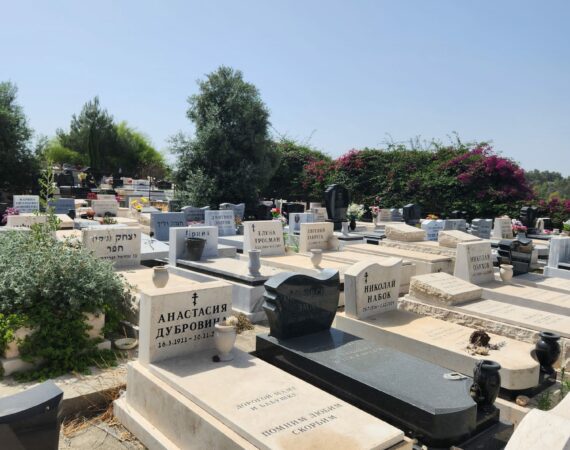
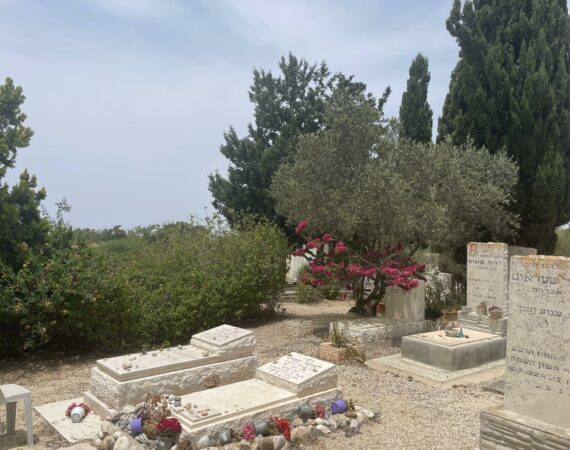
Burial in Israel was always considered a great privilege and one of the highest honors a Jew could ask.
A look at cemeteries in Israel
Har HaMenuchot Cemetery - Jerusalem
Har HaMenuchot Cemetery also known as Givat Shaul Cemetery is the largest cemetery in Jerusalem. The cemetery lies at the western edge of the city adjacent to the neighborhood of Givat Shaul.
The high demand a low supply for plots allocated to foreigners drove prices to the levels of around US$ 25,000 for a single plot, and above US$ 40,000 for a Double Depth Plot
Mount of Olives Cemetery
Also known as Har HaZeitim Cemetery, is the oldest and most important Jewish cemetery in Jerusalem. The Mount of Olives has been a traditional Hebrew/Jewish burial location since antiquity.
The prime location (next to the old city) alongside its historic presence has driven plot costs to above US$25,000 for a single plot

